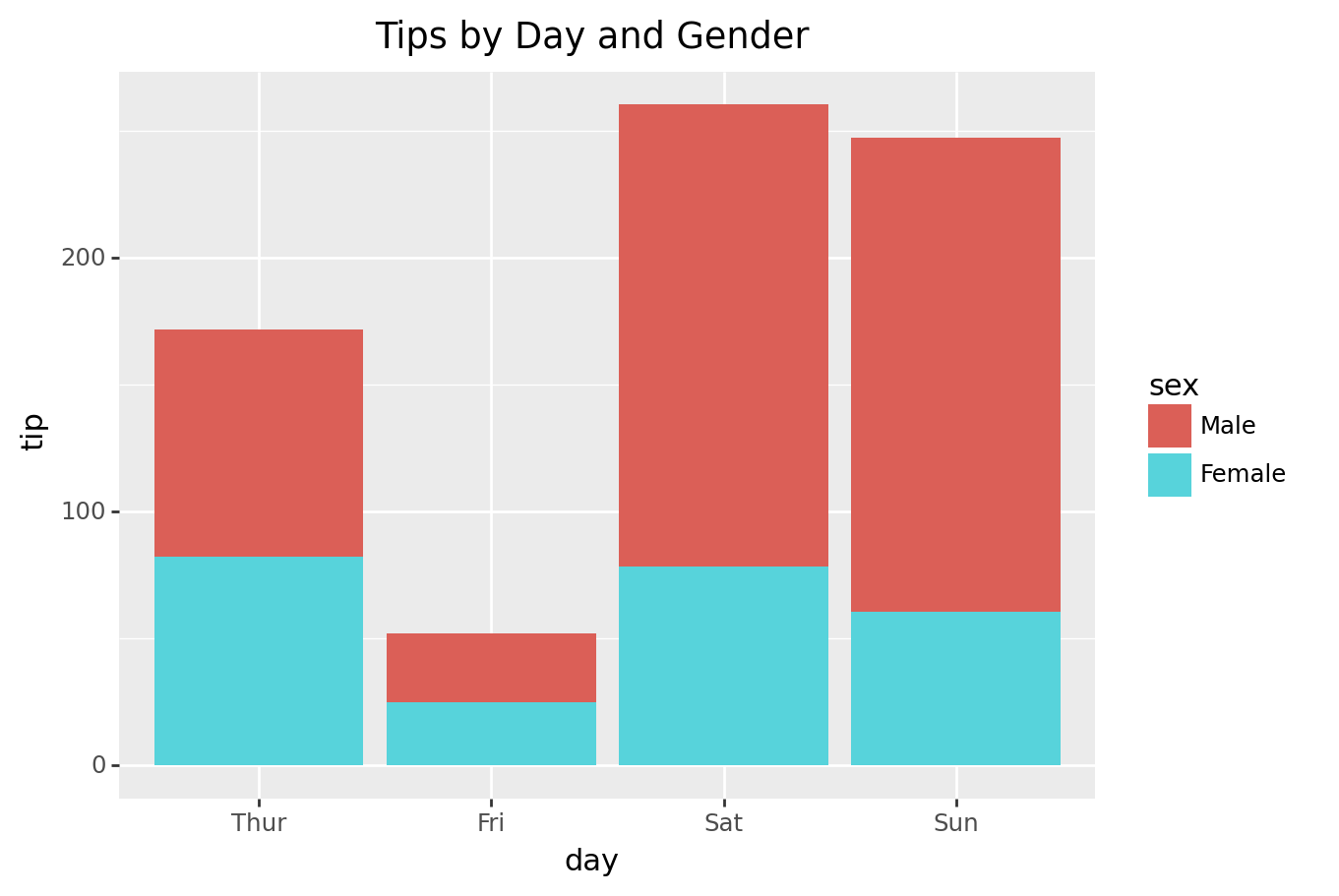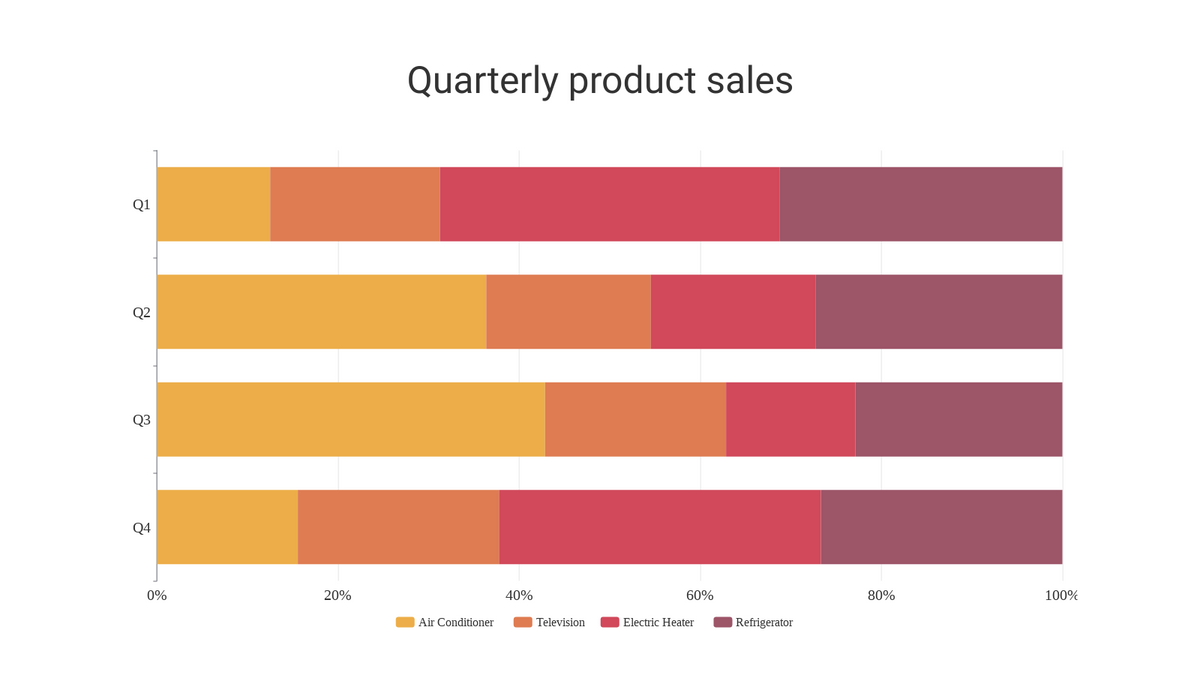Ace Tips About Should You Use Stacked Bar Charts Excel Chart Double Axis

When to use stacked bar charts vs.
Should you use stacked bar charts. So, what’s not to love about stacked bar charts? In this guide, we’ll aim to rectify these mishaps by sharing examples, clarifying when you should (and shouldn’t) use a stacked bar chart, and discussing best practices for stacking bars. A stacked bar chart is a graphical representation where multiple data series are stacked on top of one another in either vertical or horizontal bars.
To understand where stacked bar charts are the best, let’s take a step back to analyze regular bar charts. Each bar in the graph represents a whole, with segments representing various parts or categories of that whole. It’s used to visualize the total of grouped data points while also showing the comparative sizes of each data point’s component parts.
Stacked segments of bars do not display patterns of change through time as clearly as lines. In this particular example, only the bottom bar segments, representing missed goals, do a decent job of showing the quarterly pattern of change. A friendly debate with stephen few on the use of 100% stacked bar charts.
Stacked bar charts are a good way to represent totals. These charts usually represent a series of columns or bars stacked above each other. Use them to display how different categories or components make up a total.
Otherwise, stick to the bar chart. Overall, stacked bar charts are an effective tool for visualizing complex data sets and for identifying patterns and trends in the data. The main objective of a standard bar chart is to compare numeric values between levels of a categorical variable.
When should you use stacked bar charts? With a 100% stacked bar chart there is no overall comparison, but you can compare the outer element as there are now two common baselines. The segments can be of different colors or shades to make the data easier to understand.
Usually, these charts effectively portray comparisons between total values across multiple categories. While a pie chart or line graph is a great tool for tracking business expenses and savings, stacked bar charts are better to compare and analyze data. A bar chart is used when you want to show a distribution of data points or perform a comparison of metric values across different subgroups of your data.
A 100% stacked bar graph never serves as the best solution for a time series. A stacked column chart is an expansion of the standard bar chart that depicts the comparisons and compositions of several variables. Stacked bar graphs should be used for comparisons and proportions but with emphasis on composition.
You may use also use a segmented bar or column chart to show parts that add up to the total. Generally, bar charts suit use cases that require comparing individual data points. When should you use a stacked bar chart?
Stacked bar charts are particularly useful when you want to: The chart used below is a stacked column chart which divides the total hours spent on digital media from 2008 to 2018 by the type of device used. Stacked bar charts in tableau are charts that use bars to show comparisons between categories of data while also allowing you to break down and compare parts of a larger picture.























